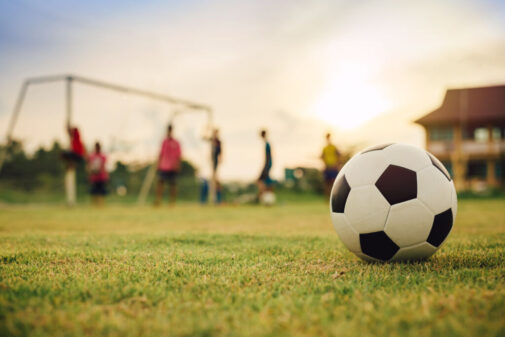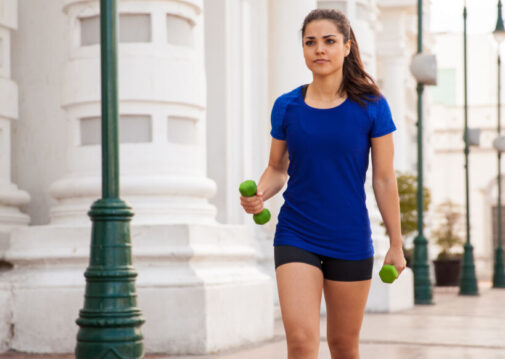What you should do before and after your run

Running, for many people, is the foundation of their fitness, whether they are just starting their physical activity journey or are seasoned workout veterans. All you need is a good pair of shoes and the space to do it.
But like with all workouts, there are risks for injury, particularly if you don’t take care of your body before and after a run.
“The body still has to be prepared before you perform at full tilt,” says Steven Gasser, a fitness specialist at Advocate Good Samaritan Hospital’s Health and Wellness Center in Downers Grove, Ill. “A warmup is a much better way to get your body to perform at its best. As far as cooling down, even a small walk to gradually bring down your body’s heart rate and blood pressure is still the way to go.”
Though Gasser says running isn’t for everyone – other quality cardio workouts like fast walking, swimming, biking and ellipticals offer benefits, too – it remains an excellent choice to get in shape. For those who want to make running a part of their workout plan, here are a few suggestions for how to warm up and cool down for your runs:
Warming up
“Going zero to 60 is not the way to do it,” Gasser says. “You might get away without injuring yourself at first, but eventually you will get hurt.”
Runners should focus on gradual, dynamic movements ahead of their workouts, particularly ones that mimic running, to build up body temperature and loosen their muscles.
Foam rolling: A relatively recent entry into the fitness world, foam rollers are great for loosening spots throughout your body, especially your legs, and getting the blood flowing before the workout starts. Find sore areas all over your legs and upper back and use your body weight to massage around them to help the muscles relax and help prevent possible injuries.
Hip flexor movements: The hip flexor, which runs where your thigh meets your hip at the front of your leg, is an important muscle when it comes to running and is notoriously easy to tweak or strain when not warmed up appropriately. Gasser suggests as you walk before your run, lightly pull your knee up higher toward your chest, take a step, then repeat with the other leg.
Don’t neglect your butt: On the opposite side of the leg are your glutes and hamstring muscles, which also need to get going before you do. Intersperse the high knee warm-up outlined above with a few sets of “butt kickers” by bringing your heel to your butt on your back stride while jogging to stretch the muscles.
Slow lunges: More strengthening and stretching for your leg muscles. Start with forward lunges and eventually add in side and backward lunges, never extending your knees beyond the balls of your feet or opening your stance too wide.
Take it slow to start: Gasser says to be sure to ease into all warm-ups to give your body time to work up to the run.
Cooling down
“Cooling down in some way will always be important,” Gasser says. It’s important to give yourself time for your heart rate and blood pressure to return to normal, he insists.
Walking: While this seems obvious to many who are all too ready to stop running, putting a special effort to spend a few extra minutes walking after a run can help ease your body back into its normal workings after your workout.
Static stretching: Gasser warns against static stretching before starting, as it can put too much strain on your cold muscles. But after your workout, more sedentary deep stretching can help stimulate blood flow to ease future muscle soreness.
Core exercises: These aren’t necessarily a part of a cool-down workout, but many runners find right after their run is a good time to fit in some planks, wall sits and crunches to help keep their muscles strong and in balance.
Related Posts
Comments
About the Author
Nathan Lurz, health enews contributor, is a public affairs coordinator at Advocate Good Samaritan Hospital. He has nearly a decade of professional news experience as a reporter and editor, and a lifetime of experience as an enthusiastic learner. On the side, he enjoys writing even more, tabletop games, reading, running and explaining that his dog is actually the cutest dog, not yours, sorry.

















